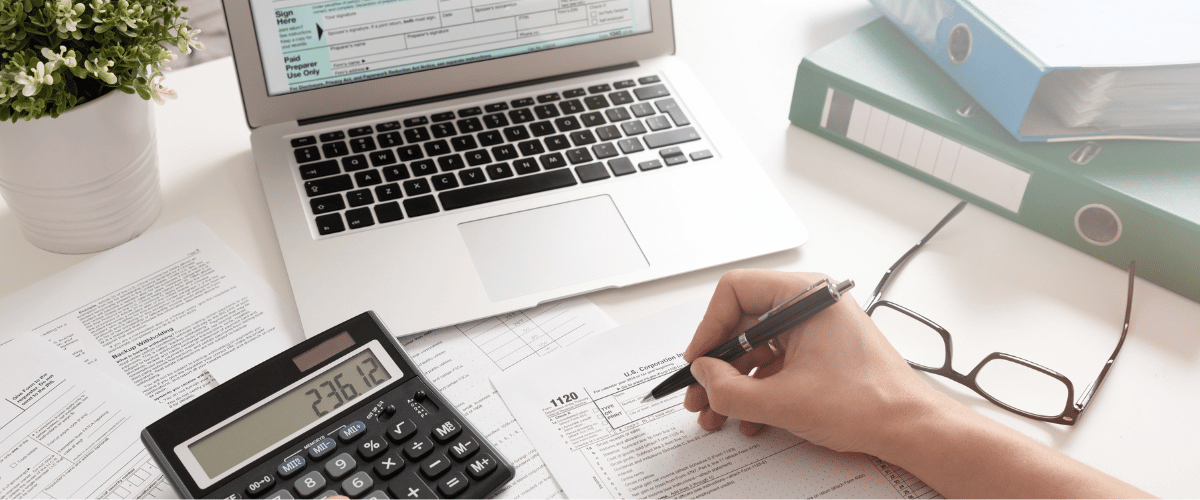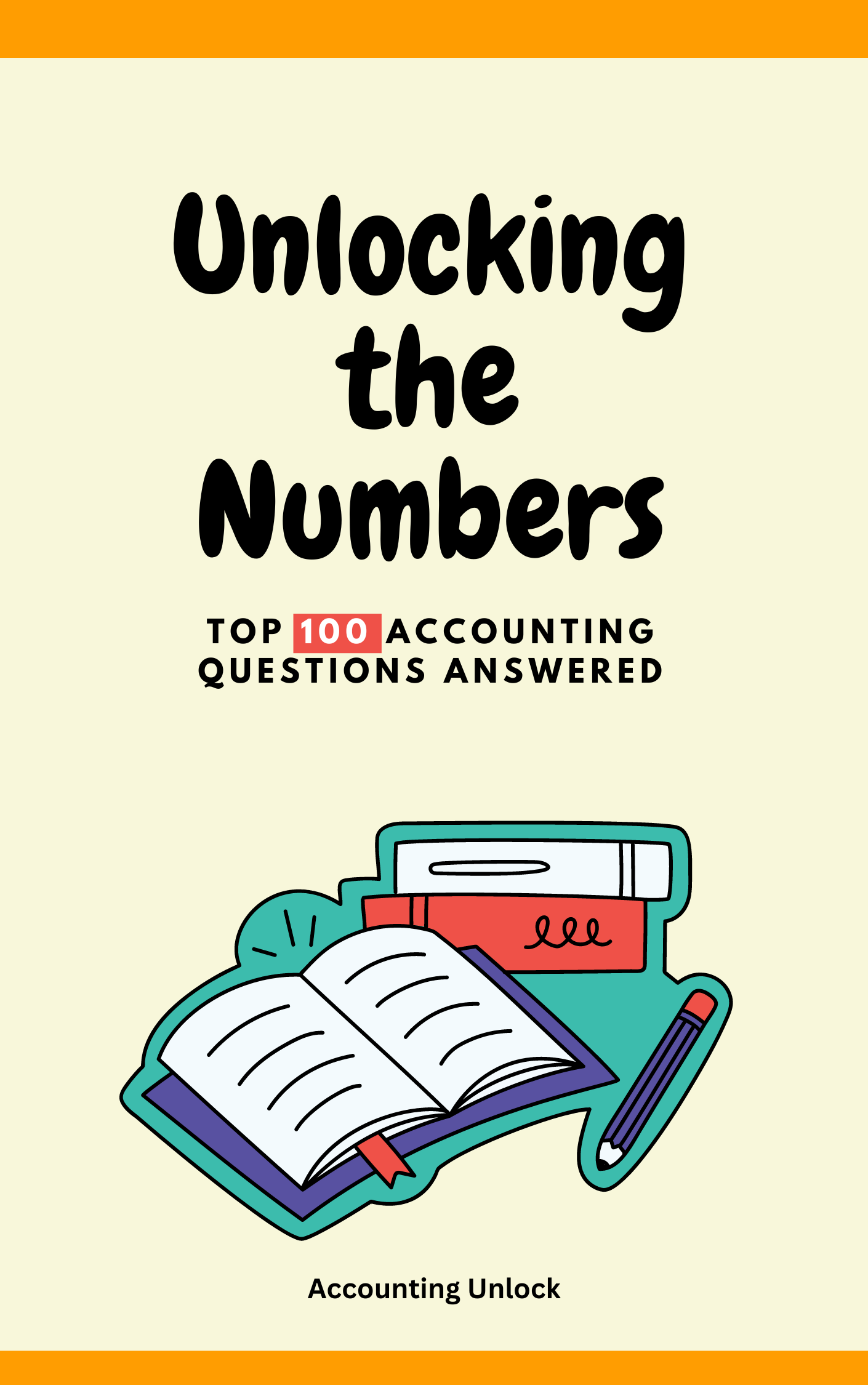Simple Explanation of Negative Equity
Negative equity can be a scary situation, but understanding it is the first step to navigating it. Here’s a breakdown in 5 points:
- Owing More Than It’s Worth: Negative equity happens when the market value of an asset, like a house or car, falls below the amount you still owe on the loan you used to buy it.
- Underwater or Upside Down: These terms are informal ways of saying you have negative equity. Imagine your asset is underwater (hidden by debt) or you’re financially “upside down” because you owe more than you own.
- Causes of Negative Equity: Property value decline, economic downturns, or taking out a high loan-to-value ratio loan (borrowing a large portion of the asset’s value) can all lead to negative equity.
- Impact of Negative Equity: It can limit your financial options. Selling the asset might not pay off the loan entirely, and refinancing (getting a new loan) might be difficult.
- Not all Negative Equity is Bad: If property values are expected to rise in the future, you might hold onto the asset and wait for it to appreciate (increase in value).





